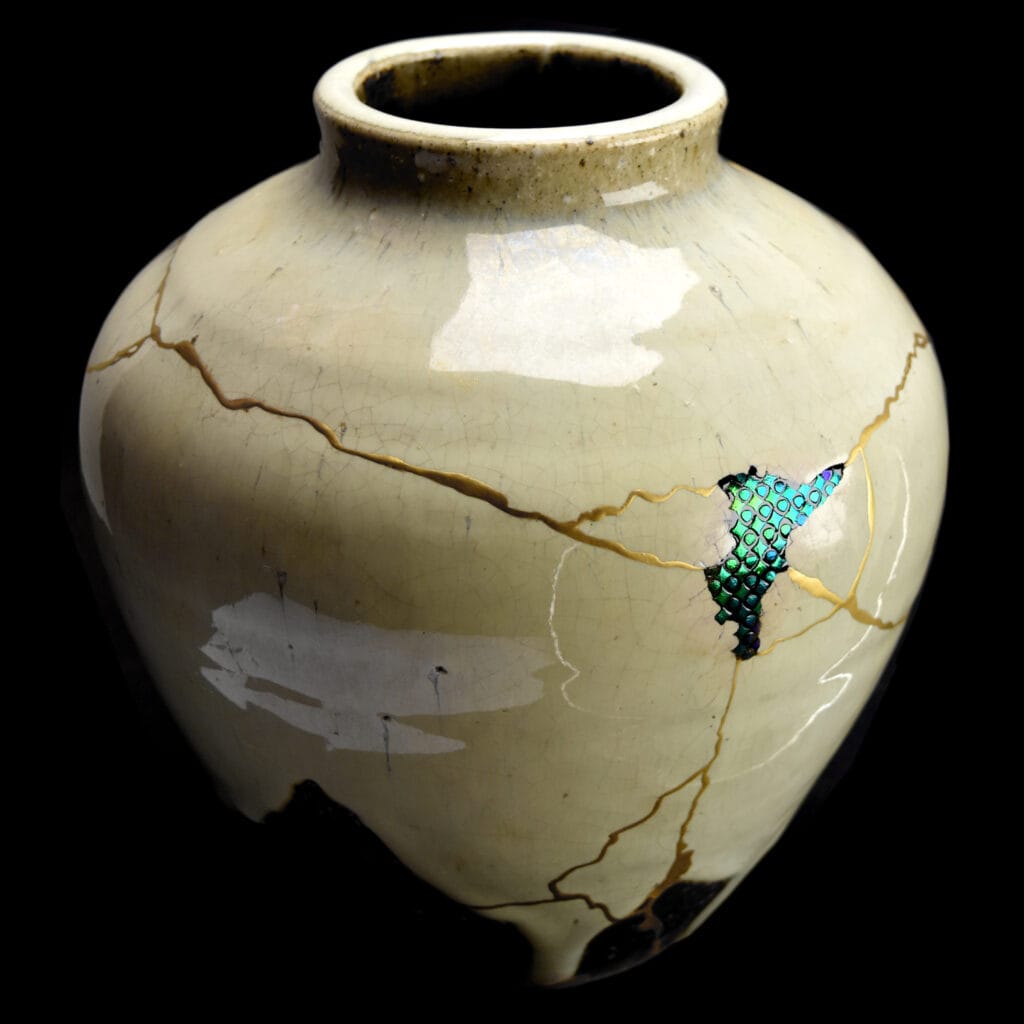
And I heard a loud voice from the throne saying, “Behold, the dwelling place of God is with man. He will dwell with them, and they will be his people, and God himself will be with them as their God. He will wipe away every tear from their eyes, and death shall be no more, neither shall there be mourning, nor crying, nor pain anymore, for the former things have passed away.” And he who was seated on the throne said, “Behold, I am making all things new.” Revelation 21:3-5
They say that a picture is worth a thousand words, and therein lies part of the beauty of The Book of Revelation. It is written in picture language for us, and we are given a rich and enchanting invitation to play with and enjoy the symbolism behind the images.
For example, the image of a breathtakingly beautiful bride is something and someone that is so exquisite and spectacular that words fail dismally when they try to capture the sight. You have to see it to believe it, to begin to understand. It's an experience, not a mathematical equation. This is what John is trying to begin to pass on to his readers when he writes
‘I saw the Holy City, the new Jerusalem, coming down out of heaven from God, prepared as a bride beautifully dressed for her husband.’
Within this reading, there is a quirk that is very important to understand, and the quirk is this.
In verse five, we get ‘Behold, I am making all things new’
Even though the passage says that Jesus is making all things new, most often this is misread as Jesus is making all new things. It may just seem like a semantic blunder. The meaning that is carried by each of those two phrases is vastly different.
We believe in a God who takes what is broken, pours his grace out upon it, and transforms it.
We believe in a God who was crucified, was dead, and was buried. But after three days, he rose out of the tomb. The same body that was dead and buried was given new life, and this restored and renewed body still had the scars as proof of the cross.
Our God doesn’t destroy things and replace them with new, different things. Our God takes things that are dead and transforms them into vibrant, living things that give him all the honour and glory and praise. He takes people who have absolutely no hope, embraces them, and rewrites their story for them. He takes the broken vessels and breathes new life into them, making them irreplaceable instruments for the work of the kingdom. Our God doesn’t make all new and different things. He makes all the old things new.
Now, the best example is something I have used before, but it is the best illustration I can think of. There is a tea infusion cup that was given to me by someone special. This cup was and is special because it was a gift. Alas, I broke the handle, and the kind giver person did a clever thing and mended it for me, but they did it in a very special way.
They did it using the Japanese art of Kintsugi, meaning "golden joinery”. This is the practice of repairing broken pottery or ceramics with gold or silver, actually highlighting the cracks and imperfections as a testament to the object's history and beauty. Behind this craft is a philosophy of embracing imperfection and finding strength in the scars of life.
Kintsugi challenges the idea that broken things are useless or ugly. Instead, it celebrates the cracks and flaws as a unique part of an object's story and character.
And I think that another way of explaining Kintsugi is to simply say ‘Behold I am making all things new.’
There is also another really important dynamic going on here.
Would it be a mortal, unforgivable sin if instead of hiding our scars and brokenness in our deepest darkest place, we actually allowed The Master to pour his golden loving grace upon our brokenness and we allowed him to heal us so that the busted unsightly bits of us, actually become our most precious and luscious and celebrated bits. That would have to be a wonderful thing.
One last thing on a personal note. I often reflect that as I place the broken bread into your hands, it is his brokenness meeting and healing your brokenness; and let’s be honest, we are all broken in some way, somewhere, somehow. Remember it is the piercings, the unlovely, brutal bits that The Risen Master shows off to his disciples. His brokenness is healing the brokenness of their fear and joy.
When we might think that we are useless, we should celebrate our cracks and flaws. They are a unique part of our story and character. Embrace the imperfection and find strength in our scars. Behold, I make all things new. Even you… even me.
With thanks to Fr David Oulton for permission to reproduce this story.
